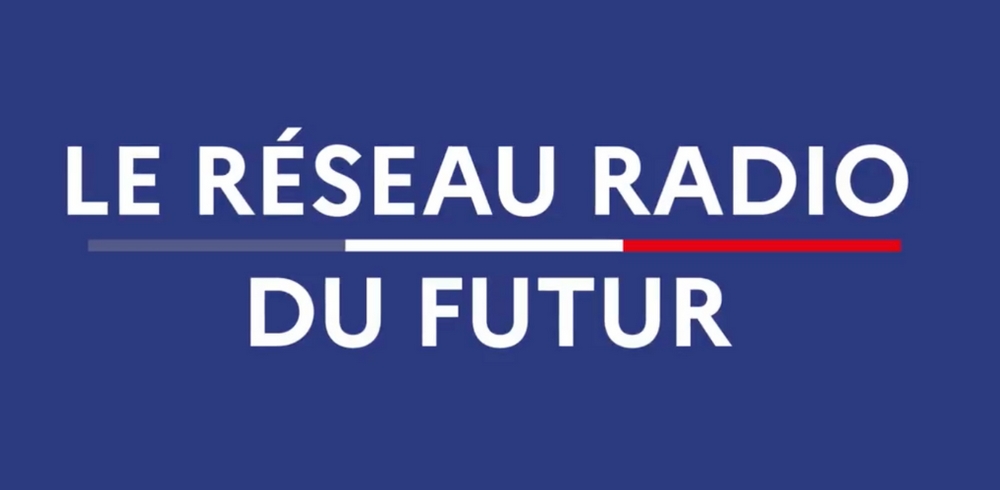Will the “Radio Network of the Future” be ready for the Paris Olympics?


Will the “Radio Network of the Future” be operational as planned for the Olympic Games in Paris next summer? Initiated in 2017, this vast program aims to equip law enforcement agencies and emergency services with a unique, very high-speed and highly secure mobile communication system. Currently, police officers, gendarmes, firefighters or emergency services of the SAMU use radio networks, specific to each service such as Acropol for the National Police or Rubis for the gendarmerie.
In charge of ensuring their interoperability, the National Shareable Transmission Infrastructure (INPT) has shown its limits. Moreover, the technologies used, developed in the 1990s, are based on 2G, allowing only voice communications and the transmission of low volumes of data. This sometimes encourages agents on the ground to use their own smartphones to transfer images or videos, despite the obvious risks associated with the confidentiality of exchanges.
Tomorrow, the RRF will allow security and rescue actors to communicate instantly with each other in complete safety over 4G and then 5G while benefiting from new features such as video calls, live location sharing or the sending of electrocardiograms.
A project of more than 700 million euros
Endowed with a budget of more than 700 million euros from the Ministry of the Interior, the construction of this unique network has been entrusted to consortium co-piloted by Airbus and Capgemini. At the launch in September 2022, a period of 19 months was envisaged to test the security and technical robustness of the solution and ensure change support.
Nearly 400,000 users should be equipped with “hardened” terminals, resistant to extreme conditions of use. Samsung smartphones (Galaxy XCover Pro) and tablets (Galaxy Tab Active) have been retained.
An out-of-order server fleet
However, the site experienced a serious disappointment at the beginning of the year as revealed by the Letter A in April. Computer servers installed by Capgemini in a room made available by the Ministry of the Interior turned out to be defective. The presence of metal dust in the room, freshly renovated, came to clog the ventilation systems of the equipment, putting them out of service. Estimated amount of damage: three million euros.
According to the confidential letter, a standoff ensued between Place Beauvau and Capgemini. The ministry demanded the replacement of the defective machines, refuting any responsibility while the ESN invoked for its part a lack of vigilance on the part of the latter, considering that of ” all the necessary precautions have not been taken to preserve the new equipment ». The delay accumulated by the RRF would have been estimated at the time at more than nine months.
A scoping meeting was held on April 26 at Place Beauvau where two Capgemini executives and Guillaume Lambert, a former prefect appointed two days earlier, director of the operational communications Agency for security and rescue (Acmoss), the public institution responsible for designing, developing and delivering the RRF, were present.
No generalization before the end of 2026
Since then, the project seems to have got back on track. Asked about the
subject to the Senate, Gérald Darmanin said he was confident during the session
public 26 July. According to the Ministry of the Interior and Overseas,
the deployment of the single network will start well in 2024 but in
certain departments, selected with regard to the occurrence
of critical events such as the Olympics or their exposure to risks
major.
The Alpes Maritimes is one of these priority departments. During the Alex storm, in October 2020, municipalities in the Roya, Vésubie and Tinée valleys found themselves cut off from the world. The traditional networks of the emergency services had proved to be obsolete at best, inoperative at worst. According to Nice Morning, the national gendarmerie of the Alpes Maritimes has been testing the new communication system since August 1.
“The objective is to allow the first opening of the RRF’s communication services in the second quarter of 2024 “, continues Gérald Darmanin in his answer to the senator. While specifying that “ these services will initially complement the low-speed Ruby and INPT radio networks, which remain operational and must still guarantee radio resilience in the coming years, in particular during the sporting events of the Olympic and Paralympic Games (JOP) in 2024. “The generalization of the RRF to all departments is expected only by the end of 2026.
A network resilient to climatic hazards and attacks
The Radio Network of the Future is not only expected firmly to manage exceptional sporting events. The aim is to provide the law enforcement agencies and the rescue services with a single, priority and highly resilient network on a daily basis during attacks or extraordinary climatic events.
The question also arises about access to emergency services by individuals. At the end of November, Cristel Heydemann, chief executive officer of Orange, sounded the alarm. Power outages during the winter period could bring down emergency numbers such as 15, 18, 17 or 112.








